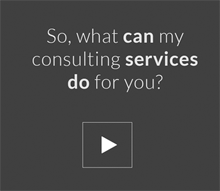
These days us marketing folks classify our efforts into what we call “disruption marketing” and “permission marketing.” I think these ideas are helpful in developing one’s marketing strategies, as the way your message lands on your potential clients is very different in both circumstances, and one is clearly more effective than the other.
“Interruption marketing” refers to reaching out with the aim to interrupt the thoughts and behavior patterns of your targeted audience, to bring their awareness and actions towards purchasing your product or service. It is uninvited and often unwelcome.
This includes: telemarketing, print advertising, direct mail, e-mail spam, and TV/radio advertisements. To do this successfully you need to invest lots of money and appear to be doing it out of abundance rather than out of need.
“Permission marketing” is a much more effective form of marketing. This form of marketing requires that the prospective customer has either given explicit permission for the marketer to send their promotional message (like an email or catalog request) or implicit permission (like querying a search engine).
One is received as a message pushed at you, which could raise defenses. The other is received without defense as one actively choses to receive the message (and can chose to stop them at will by opting-out or not searching).
Whether you are trying to reach clients directly, or if you are trying to create strategic relations that could lead to referrals, it is best to invest your time and money in permission marketing.
There are also skillful ways to mix the two. For example, placing an add for someone to download a free ebook which requires them to opt-in to your newsletter is a way of using disruption marketing to convert people into granting you permission. In this case you are disrupting them to give them something of value for free, instead of to ask them to buy something. Pushing “let me give to you” is very different than pushing “buy my stuff now.”
Thus, effective disruption techniques often include calls for action that are focused on “likes”, “follows”, and subscriptions, not on directly and immediately making a sale. Sales come when the customer is ready and the provider has proven him/herself trustworthy and capable. That often takes time- a very long time.
The other major permission based method is very different- it is being found in the search engines. We call it permission because you didn’t go to them, they came to you. They search for you, and you simply allowed yourself to be easily found. The great advantage of this type of permission marketing is that the people who find you are looking for your product or service. They are often hot leads, and nothing beats a hot, permission lead.
And, being found at the top of search is perceived to be a reflection of quality. SEO is a form of public relations. It creates the perception of excellence for your brand. It makes prospective clients associate your brand with authority, respectability, competency, and know-how.
That is why SEO has been measured as a 7x more effective investment than print advertising. SEO allows your service to be found by clients. Advertising is pushed onto someone with attempts to disrupt them and cause them to want to buy. SEO is a discovery process, advertising is a process of being targeted.
I use both styles for my clients. And, there is no doubt that the foundation of an effective campaign for all businesses, including the home vertical, has to be permission marketing: SEO and building up an email/client list, as well as having doing Houzz marketing and/or participating in other social media sites.
When you plan your marketing activities think about it in terms of “interruption marketing” and “permission marketing.” It is easy to buy interruption, yet much more effective to work at or hire someone to cultivate permission. Interruption targets, permission connects. Interruption pushes, permission befriends. Interruption is telling people you are the best, permission is allowing them to discover it for themselves.
The questions that you should be asking yourself are:
1. How can I more easily be “found” online? Think SEO for your website and social media engagement.
2. How can I cultivate a list of subscribers who are interested in my offerings? Think email lists and social media follows.
3. How can I widen my exposure through intelligent media buys? Think advertising and direct mail that supports #2.





